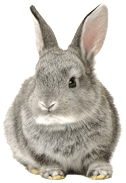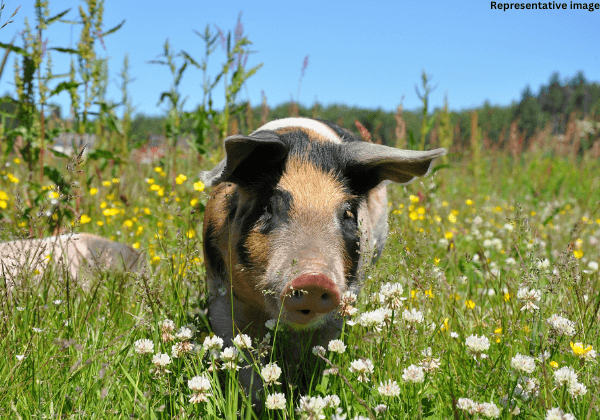Chhattisgarh Government Demands Action Against Confining Mother Pigs to Crates, Following PETA India Appeal
Following an appeal from PETA India to prohibit the manufacture, sale, and use of gestation and farrowing crates in pig farming, Chhattisgarh’s Directorate of Veterinary Services has issued a circular demanding that action be taken to that end.
The circular cites Section 11(1)(e) of the Prevention of Cruelty to Animals Act, 1960, which prohibits the confinement of any animal in a receptacle that fails to offer a reasonable opportunity for movement, such as gestation and farrowing crates. Confining animals in this way is illegal, a position confirmed by the Indian Council of Agricultural Research’s National Research Centre on Pig. Chhattisgarh is the latest state after Mizoram, a major pork-consuming state, and Uttar Pradesh, the state with the second-highest pig population in the country, to join the ranks of Delhi, Goa, Gujarat, Himachal Pradesh, Karnataka, Madhya Pradesh, Manipur, Meghalaya, Punjab, Rajasthan, and Uttarakhand in addressing the use of both gestation and farrowing crates in pig rearing.
Gestation crates (aka “sow stalls”) are metal cages, essentially the size of a pig, with concrete or slatted floors. In them, animals are unable to turn around or even stand up without difficulty. These devices are used to confine pregnant pigs, who are typically transferred to farrowing crates to give birth and are kept in them until their piglets are taken away. Farrowing crates are fundamentally the same as gestation crates except that they contain small side compartments for piglets.
Gestation and farrowing crates deny mother pigs everything that’s natural and important to them, such as opportunities to forage, build a nest for their young, socialise with other pigs, and regulate their body temperature (such as by wallowing in mud). The crates also force pigs to live amid their own faeces and urine. The extreme stress and frustration caused by this severe confinement results in abnormal behaviour, such as continually biting at the enclosure bars or “chewing” the air.









